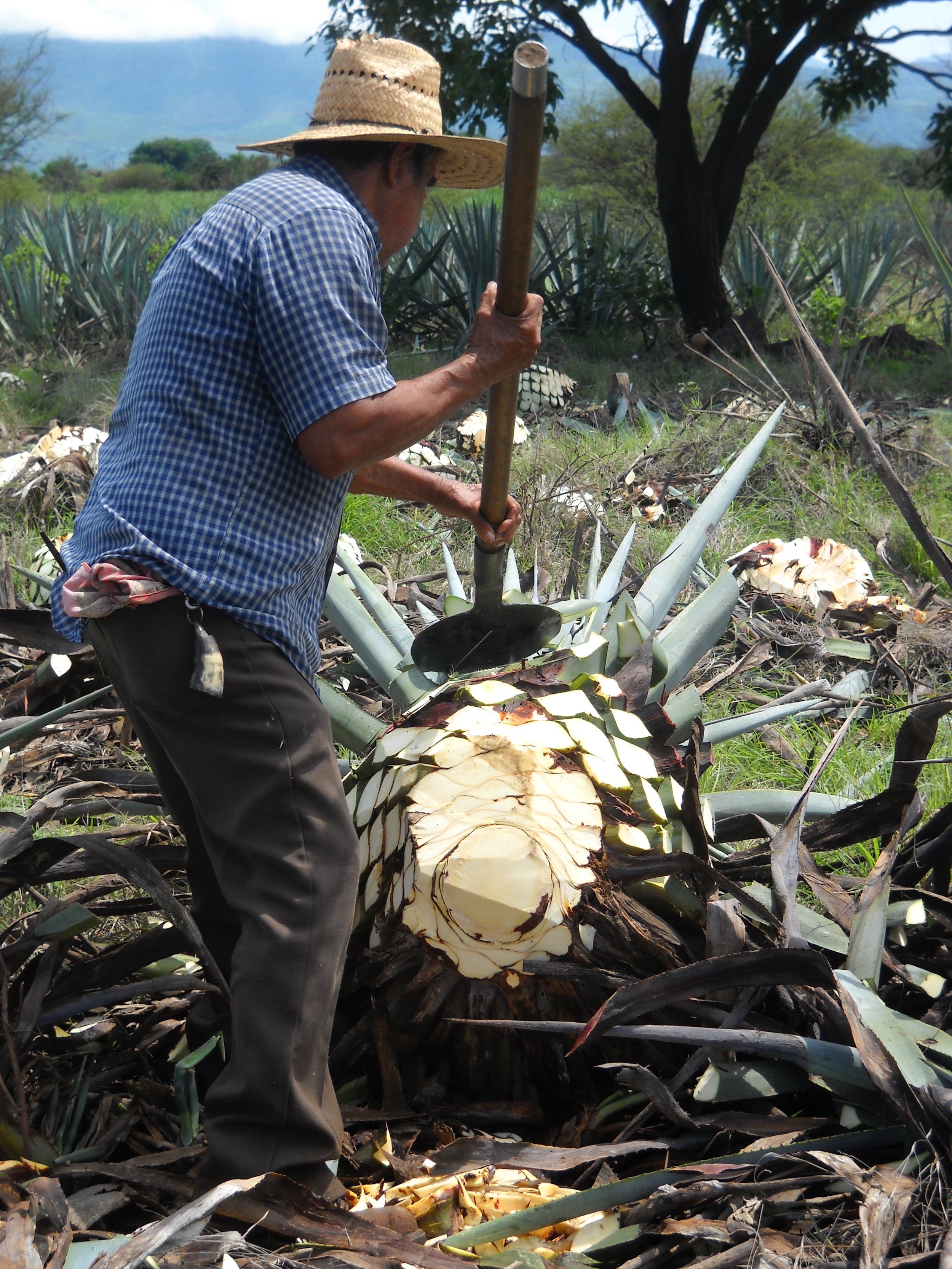Boozy Book Review: Agave Spirits
Agave Spirits: The Past, Present, and Future of Mezcals
This is a book with a mission. I had just started reading Agave Spirits: The Past, Present, and Future of Mezcals by Gary Paul Nabhan and David Suro Piñera (published May 16, 2023, W. W. Norton & Company) and joked to friends that I was surprised that the word “manifesto” wasn’t present in the title, given the forceful language of its first few pages. It turns out that the word does appears later though: the first appendix is “The Mezcal Manifesto” and it contains a ten-point action plan to set the agave industry on a “healthier, most sustainable course.”
The text comes from two well-known figures in the world of tequila and mezcal. Gary Paul Nabhan is ethnobotanist and literary naturalist who co-authored the 2004 book Tequila: A Natural and Cultural History. That work sounded the alarm about the dangers of monocropping in the tequila industry long before the issue was on many peoples’ radars. Agave Spirits co- author David Suro Piñera is the founder of Tequilas Restaurant in Philadelphia, the Tequila Interchange Project, and Siembra Spirits, and has long been an advocate for traditional production methods in tequila and mezcal.
Coming Out Swinging
Agave plant and jimador
Together in this book, the authors come out swinging from the get-go. In the first chapter they discuss the tequilana azul blue agave varietal that is required to be used in the production of tequila. They write, “In essence, you can squeeze a lot of sugar out of a blue tequila plant over a relatively short period… If you feel you can tolerate what some activists call ‘plant infanticide,’ then industrially processed tequila is for you.”
Their next target is the DO, the Denomination of Origen for tequila that defines the blue agave requirement and the parts of Mexico in which it can be made. They call it “administered from the top down, with the singular goal of sucking money upward.”
Even the UNESCO World Heritage Area designation of part of Jalisco as “Agave Landscape and Ancient Industrial Facilities of Tequila” comes under fire. They call the region “an incongruous mishmash of stodgy factory-like processing plants, warehouses, industrialized distilleries, and agrichemical plants, with tourist-friendly facades- tasting rooms, historical museums, and industry showcases- scattered in between.”
Understanding Agave
It’s probably worth mentioning at this point that the book’s authors are very much in favor of agave spirits; they’re just very opposed to the industrialized production methods and government/business policies behind most tequila on the market today. Much of the rest of the book is written to show why.
In subsequent chapters, the authors cover the unique biology of agave and how the plants can survive in desert climates, the limited geographic range of some varieties of agave, examples of where the production of mezcal has caused local scarcity, the importance of jimadors that harvest agave, the chemical compounds produced during fermentation that lead to a unique set of flavors from mezcal, and issues with the diffuser -the most hated piece of equipment in the spirits industry. We learn of the unique history of distillation in Mexico and the modern problem of monoculture in tequila production and the expected crop diseases that impact the current weak strains of blue agave grown.
The second section of the book looks at the people (and bats) involved in mezcal production. We learn of the burden of taxes and paperwork producers must endure in order to sell their mezcal legally (and thus why many choose to sell without approval), of people making efforts to preserve lost agave varieties (“resurrection ethnobiology”), of the relationship between bats and agave and successes in creating bat-friendly zones, of intercropping programs toward a more sustainable form of agave farming, of issues faced by farmers/laborers, and finally about how bartenders can nudge consumers toward consuming and purchasing more ethical products.
Real Numbers, Real Goals
Often when we hear about issues in the tequila and mezcal industry, the problems are anecdotal and the accusations unsupported with any actual data. We hear about overharvesting of wild agave varietals, low wages for workers, herbicide and pesticide overuse, corrupt government and regulating body officials, and other issues, but rarely hear proofs and percentages to these accusations. Here in Agave Spirits, the authors provide case studies, cite facts and figures, and report the findings of dozens of experts in many different fields.
All of it is with a goal in mind. The epilogue lays out eleven “key problems” with the industry, and the first appendix with its manifesto proposes ten action items with which to address them. The authors of Agave Spirits seek to teach us about the interconnected people, places, plants, and animals involved in agave spirits production with the purpose of protecting and promoting its best parts and practices.



